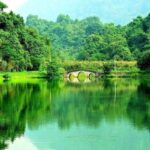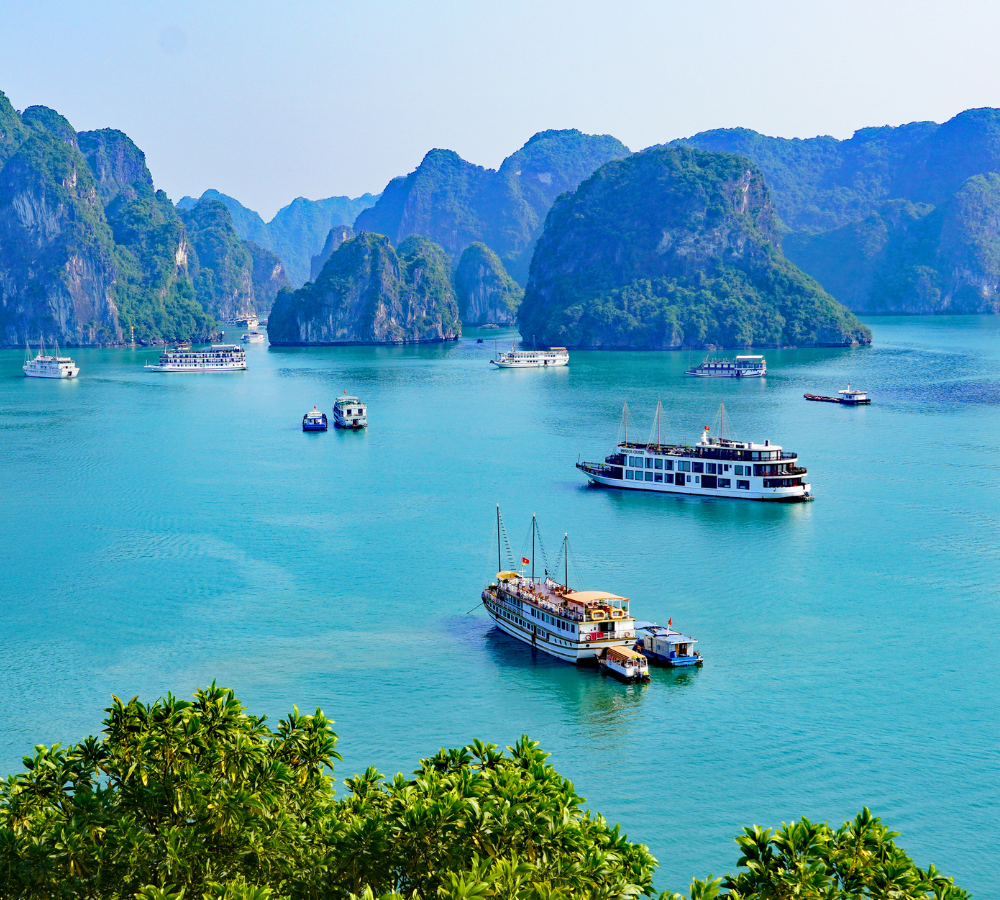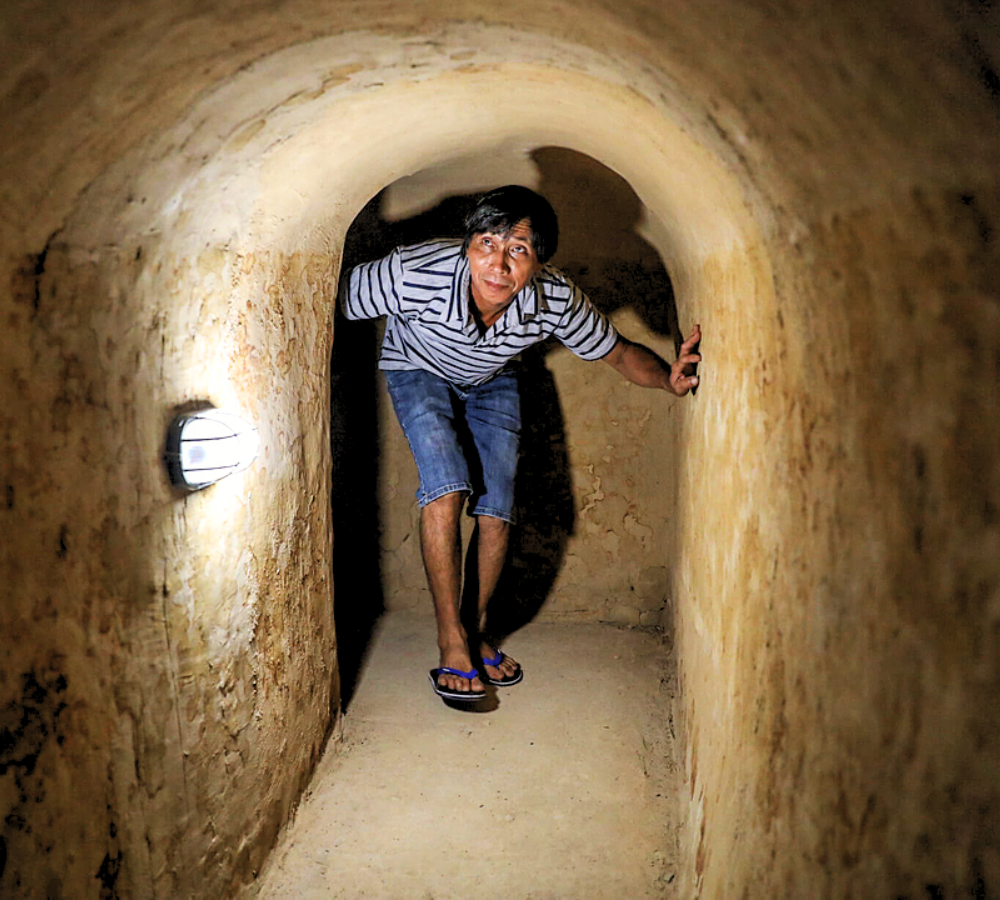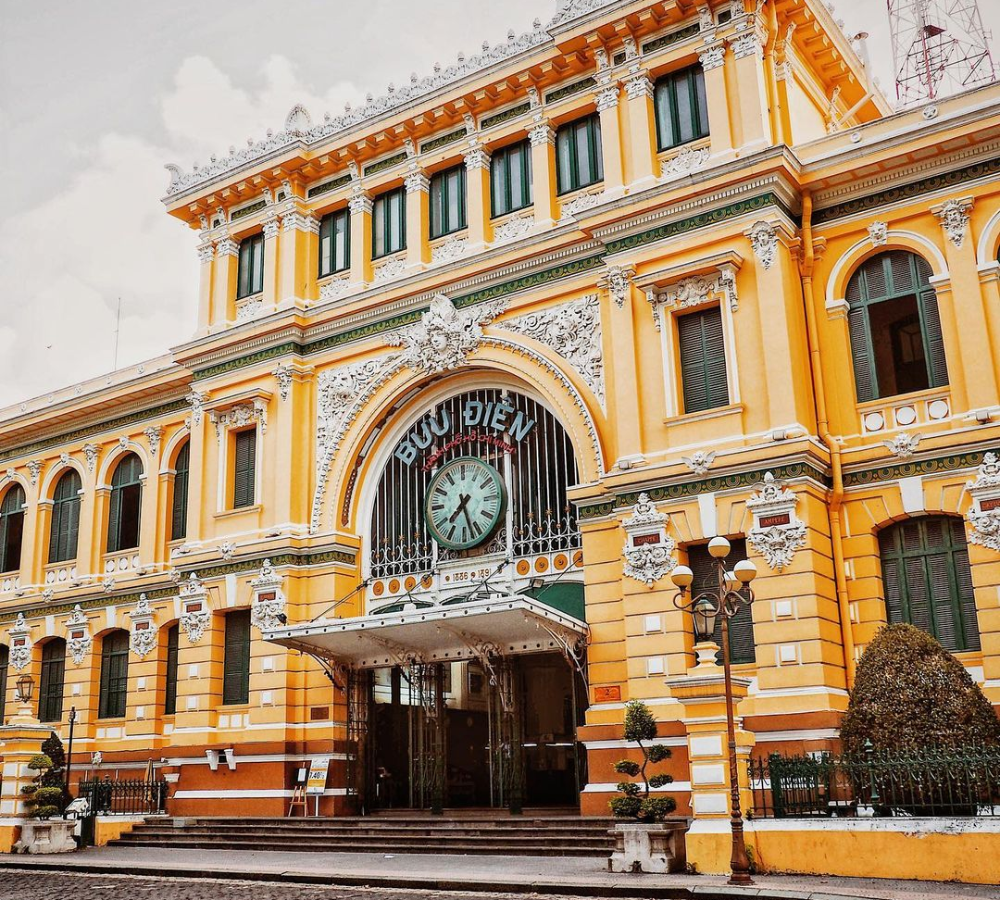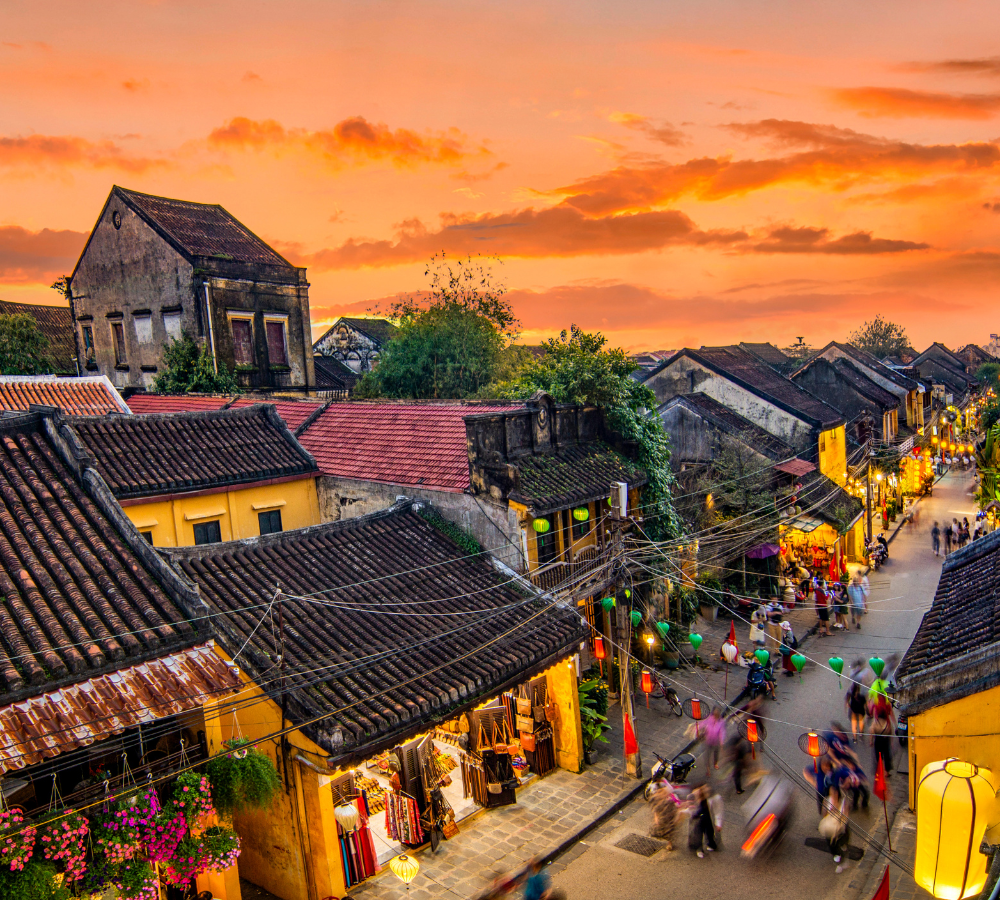Overview
Well situated in the shadows of Sai Son Mountain, Thay Pagoda lies in a tranquil and beautiful village, which is only around 40km west of Hanoi. The festival, officially held annually on the seventh day of the third lunar month and lasting for at least a week, pays homage to folk hero Tu Dao Hanh. The festival begins with Buddha worshipping and platform running, a religious performance accompanied by traditional music in a solemn atmosphere. Numerous traditional games are played during the festival, the best-known of all the activities is the traditional water puppet show given on Long Tri pond, in front of the Thuy Dinh Temple. After ceremonies for Buddha, you can take a hiking trip through the picturesque countryside which characterizes the region. Moreover, this is the time for you to enjoy hearing many famous legends that enrich the traditional value of this beautiful region.

The legend behind…
The festival takes place in the elaborate pagoda said to be built on the ashes of a Vietnamese folk hero and is especially famous for the performances of traditional water puppetry. It is said that Tu Dao Hanh was a Buddhist monk during the rule of the Ly Dynasty (1010-1225 A.D). Leading a religious life and dying in this very pagoda, he had outstanding merits to the the religion popularization, illness treatment, and water puppetry creation. According to the legend, what makes him mysteriously sainted is that at the end of his life, the Buddhist monk sat in meditation for several months without food and drink and died in that posture. Thereafter, the people put his withered corpse in the building of the Genius for the purpose of worship.
Let’s enjoy the festival!
Several days prior to the festival, Buddhist followers and pilgrims here and there flock to the pagoda, further adding to the boisterous atmosphere of the festival. The Pagoda is cleaned with scented incenses, glistening lighted candles, bringing about a charming scene. Many cultural games and art performances are held during the festival, including Tu Dao Hanh’s statue bathing, incense sticks presenting, tablets escorting procession, Cheo (popular opera) performance, chess games, water puppet shows, recital of the feats of Tu Dao Hanh and so on. In particular, you have a great chance to enjoy a water puppetry show portraying the tales of Thach Sanh and Tam Cam, cultural activities and features of rural life such as farm work, duck tending and wrestling.
The Thay Pagoda festival is actually a joint festival of four villages (Thuy Khe, Da Phuc, Khanh Tan and Sai Khe). Although this area has numerous pagodas, the festival is held mainly in Thay Pagoda, which comprises three buildings: ante-chamber, Buddha’s Building and Building of the Genius. The statue bathing ritual takes place before the opening of the festival. Buddhist monks and the people participate in the ritual. Pieces of red cloth are used to clean the statues. Those who stand around solemnly hold their hands in front of their chests, whispering Buddhist sutras. When the ritual ends, the holy water the Buddha bestows will be scattered all over the pagoda to wish for bumper crops and prosperous life. The cloths are also torn into smaller pieces to grant attendants as they are thought to have the power of warding off the evils.

The two most noteworthy events and distinctive features of the festival are the procession of the tablets and the water puppet show. The procession of Tu Dao Hanh’s worshipping tablet takes place on the 7th day of the third lunar month. The local population believes that Tu Dao Hanh first learned supernatural powers and became a genius, and later on, embraced Buddhism. Therefore, at the start of the procession, his tablets must be wrapped in a piece of yellow cloth (the colour of the robes worn by priests endowed with supernatural powers) and, on the return trip the same tablets should be wrapped in the brown frock of a Buddhist monk. During the procession, Buddhist nuns take a walk recounting the feats of Tu Dao Hanh, first in learning supernatural magic and then in leading a religious Buddhist life. Noteworthy is that in the procession the tablet and white horse of Da Phuc must go ahead those of the Thuy Khue. Normally the procession comes to the pagoda at twilight. This timing is considered as propitious as it is the time when night takes over from day, when darkness and night come into contact with each other.
Among fascinating games in Thay Pagoda Festival, water puppetry seems to be the most outstanding. The game is the second noteworthy item, a traditional cultural activity related to wet paddy cultivation in the Red River Delta. It is performed in front of the pagoda, on a pond called Long Tri. Tu Dao Hanh is said to be the founder of this artistic performance. This item comprises two basic components: puppets and water. The puppets are products of traditional popular wood sculptures and lacquer painting. The place for the puppet performance is a lake or a part of the river. With its fluid nature and reflections, water can mirror efficiently the numerous changes in the colour of the sky, the mountains, trees and leaves and give a mythical air to the performance. The artists must usually stay inside the water and direct the movement of the puppet through sticks and strings connected. The water puppet shows reflect productive activities – paddy cultivation, duck breeding, fishing, cloth weaving, etc. The shows also draw from folk or classical theatrical plays. Apart from the water puppetry, you’ll catch firework spectaculars (mostly bangers), folk singers crooning into microphones and sporting events such as mountain-climbing and rowing.
The Thay Pagoda festival is attractive to many visitors because of the myth surrounding Monk Tu Dao Hanh and his feats, the beautiful scenery and the water puppet shows. They fill the spectators with surprise and pleasure, who also pride in the rich imagination and dexterity of the performers who create in this art. Going to Thay Pagoda Festival is really worth, pilgrims will have an opportunity to revere the relics imbued with the imprints of outstanding monks and men of the past.










